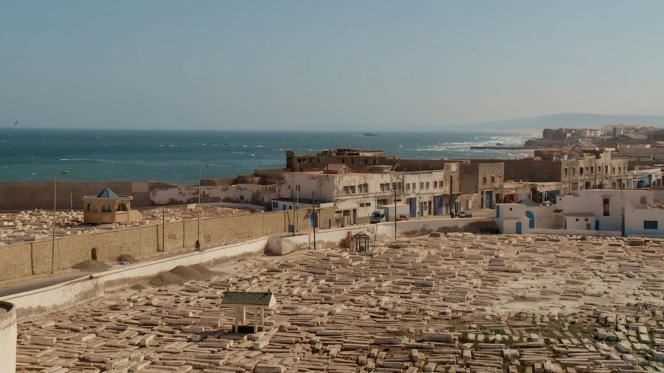THE OPINION OF THE “WORLD” – MUST SEE
There was a time, not so long ago, when a certain brotherhood between Jews and Arabs reigned in Morocco. Moroccan Jew, born in 1955 in Rabat, documentary filmmaker Simone Bitton witnessed it in her childhood, before she emigrated with her family to Israel in 1966, at the age of 11. The Jews represented a community of more than 250,000 souls in Morocco in the 1950s. Today, there are only a few hundred families left. The filmmaker, who now lives in France, defines herself as “Jewish and Arab”, and never ceases to question, in his work, this intimate feeling of double cultural belonging.
In 2004, Simone Bitton filmed the wall separating Israel from the Palestinian territories (Wall), its staging sculpting the edifice as a political space, a place of withdrawal and tension in an endless war between two peoples, while it engaged the discussion with the inhabitants and left doubt on its double identity. Yes Wall was working the line, Ziyara, his latest feature film, shot in Morocco, reveals spaces common to Jews and Muslims, like quilts of fabric assembling an old blanket.
“Ziyara” is an Arabic word which designates pilgrimage, and also refers to the worship of saints, a veneration shared between Jews and Muslims. These saints are sages, healers, Sufis and other legendary figures. The pilgrims come to meditate on their graves or, failing that, at the foot of a tree or at the start of a stream… In her documentary in the form of a road movie, Simone Bitton follows in the footsteps of these places, cemeteries, shrines, synagogues, now kept by Muslims, most of them having received the charge as a family inheritance.
Unravel the mystery of harmony
Hospitable and generous with their time, these “guardians” met by the filmmaker are used to seeing nostalgic Jews arrive at the places of their childhood. Each time she enters a cemetery, with humor, the filmmaker asks if certain graves would not bear the name of “Bitton”, a visibly common surname.
During the film, she begins to use the Moroccan Arabic dialect of her childhood, Darija. The language returns, the tone is urban, no one in the film finding fault with its dual belonging to Jewish and Arab. The director decides to stay on this peaceful ground, so rare on this question, even if it means infusing a somewhat monotonous tone to her journey. Too accustomed as we are to the conflict, we find ourselves wondering about this serenity accentuated by the use of fixed shots, as if to try to unravel the mystery of a harmony buried in history, but not totally extinguished, so much that “Muslim guardians” undertake to perpetuate this collective memory.
You have 22.05% of this article to read. The rest is for subscribers only.
